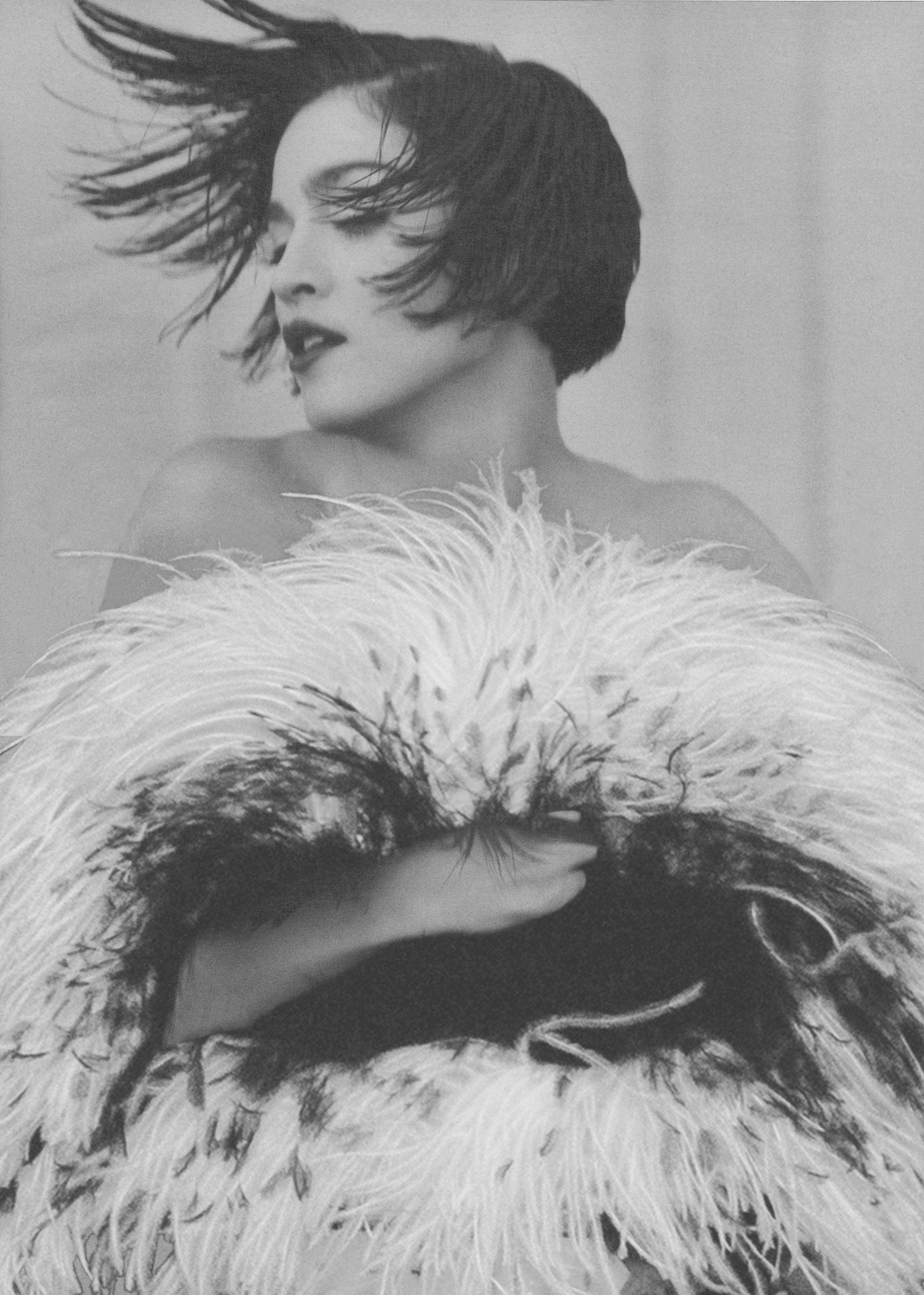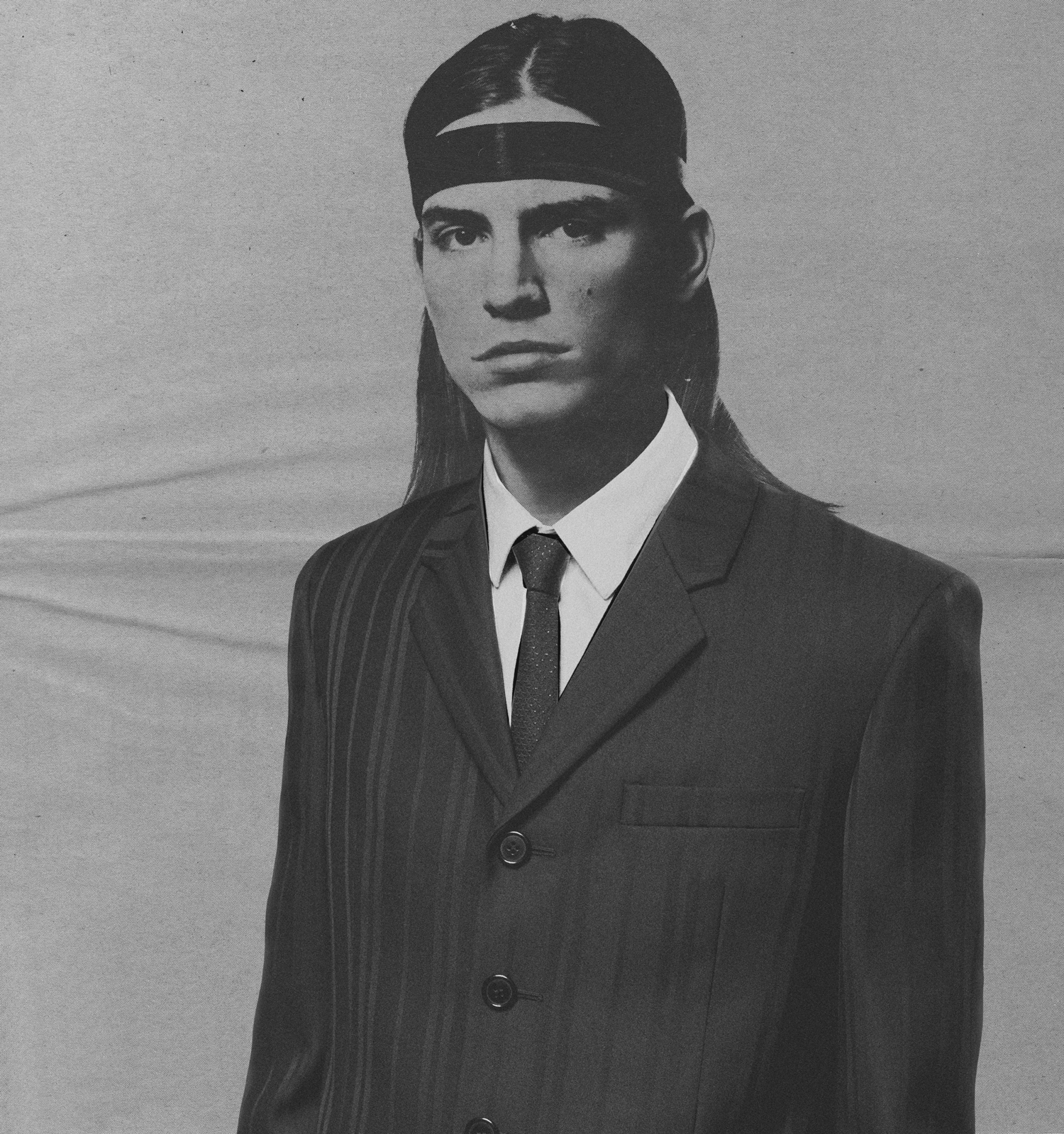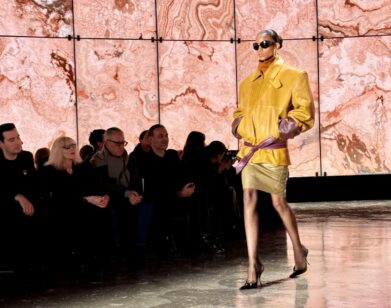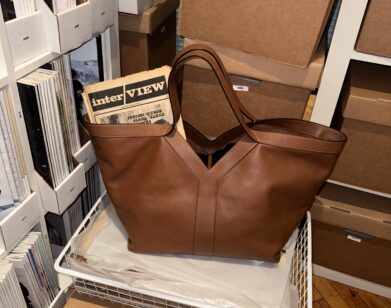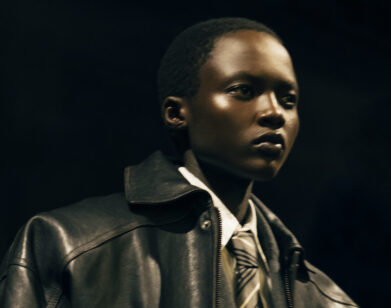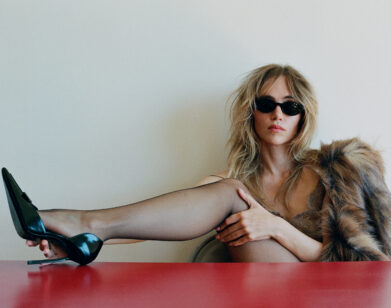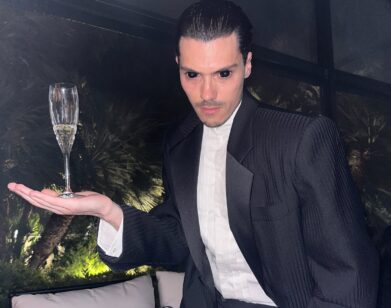Fabrizio Massimiani Takes What’s Old and Makes It New Again

All Clothing and Accessories by SAINT LAURENT BY ANTHONY VACCARELLO.
Welcome to Saint Laurent’s Interview: a collaborative project between our editors and Saint Laurent’s Creative Director Anthony Vaccarello, featuring Q&As with some of our favorite creatives of the moment. You’ll also find original fashion editorials and a portfolio of archival Interview photos of the likes of Bianca Jagger, Winona Ryder, and Keanu Reeves, all reimagined in Saint Laurent by the collage artist Fabrizio Massimiani.
———
INTERVIEW: First, tell us about your artwork. Where did the idea of combining contemporary fashion with vintage photos come from?
FABRIZIO MASSIMIANI: I have a design background, so I’m aware that contemporary fashion is often inspired by old movies, music, and photography. My idea came from looking at contemporary collections and wondering which icons from the past would look great in them. I also see it as a way to communicate the vibe of a collection in a fast and creative way.
INTERVIEW: Why are people so obsessed with nostalgia?
MASSIMIANI: It’s probably because in the past, things had a more iconic allure due to the fact that everything was far and unreachable. Nowadays, with the internet and social media, we have the impression that everything and everyone could be easily approached.
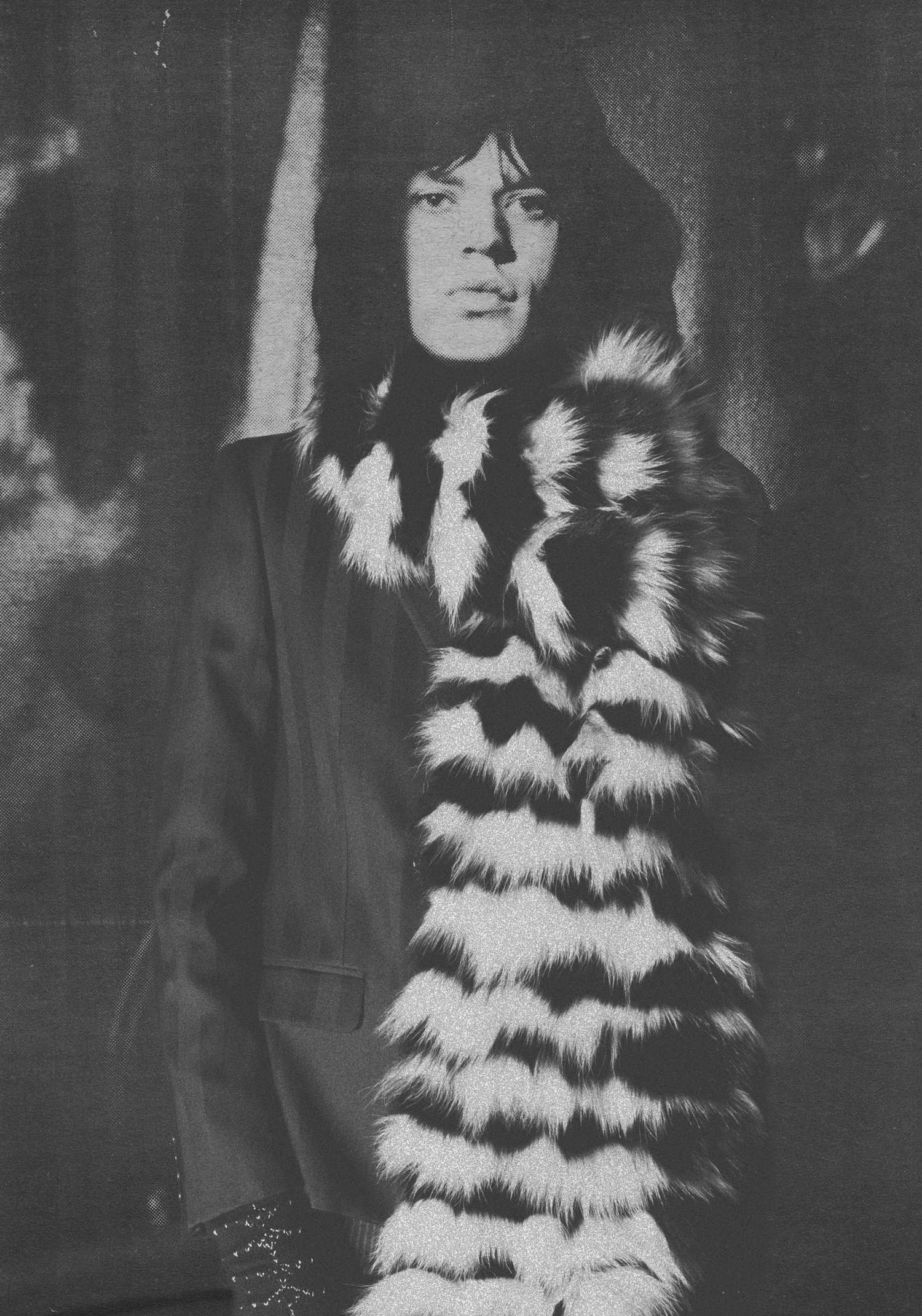
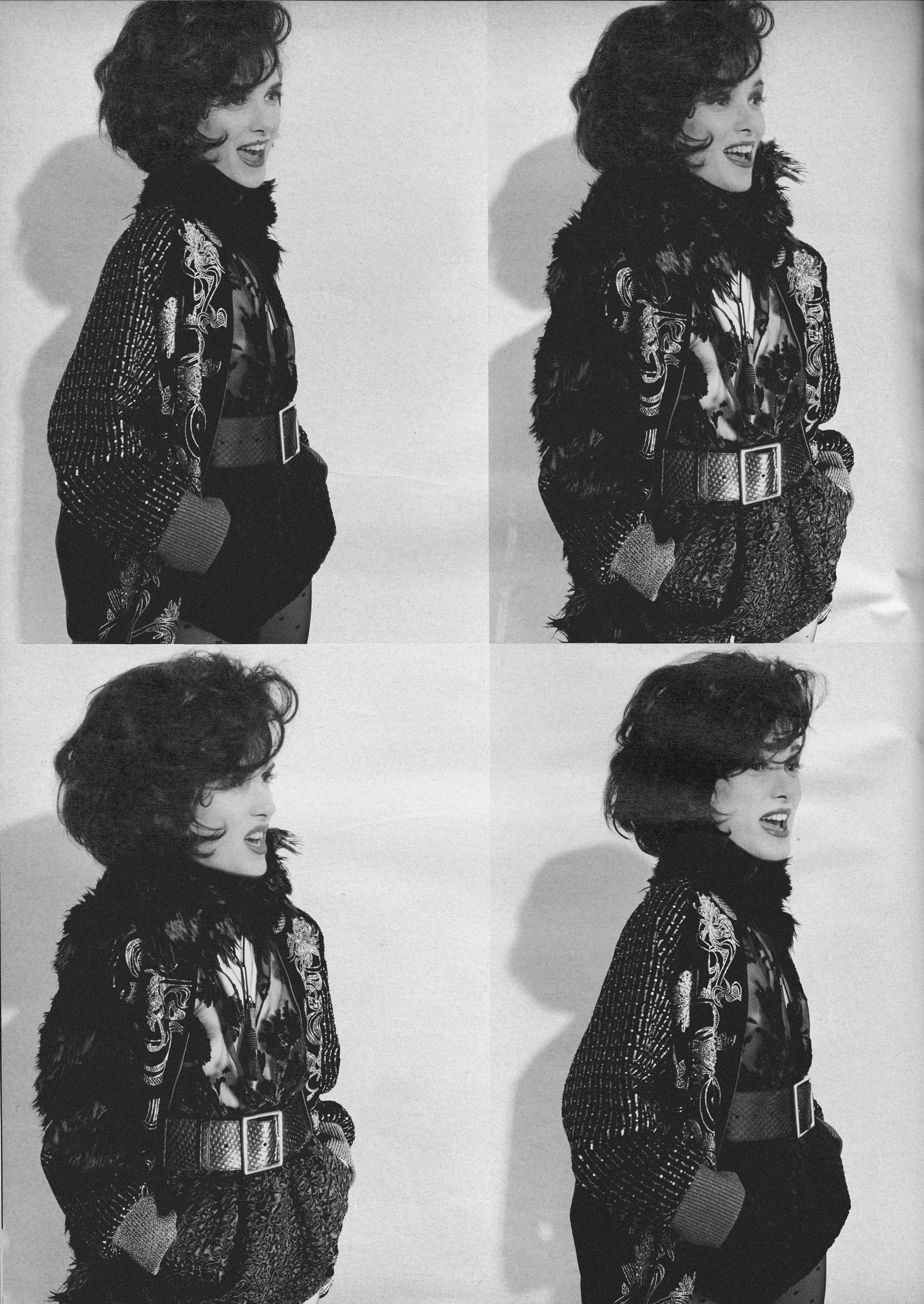
INTERVIEW: It’s the 50th anniversary of Interview, and we’ve been thinking a lot about images, about what makes an image iconic, things that our founder, Andy Warhol, was thinking about when he first launched the magazine. What does it take for a person or image to become iconic?
MASSIMIANI: I think that for something to be iconic, it has to represent the spirit of a particular style or decade while keeping a timeless charm.
INTERVIEW: How has social media changed what it means to be iconic?
MASSIMIANI: We now have access to a lot of information about the people we follow, so maybe the aura of mystery around a person, and therefore their iconic appearance, is often lost.
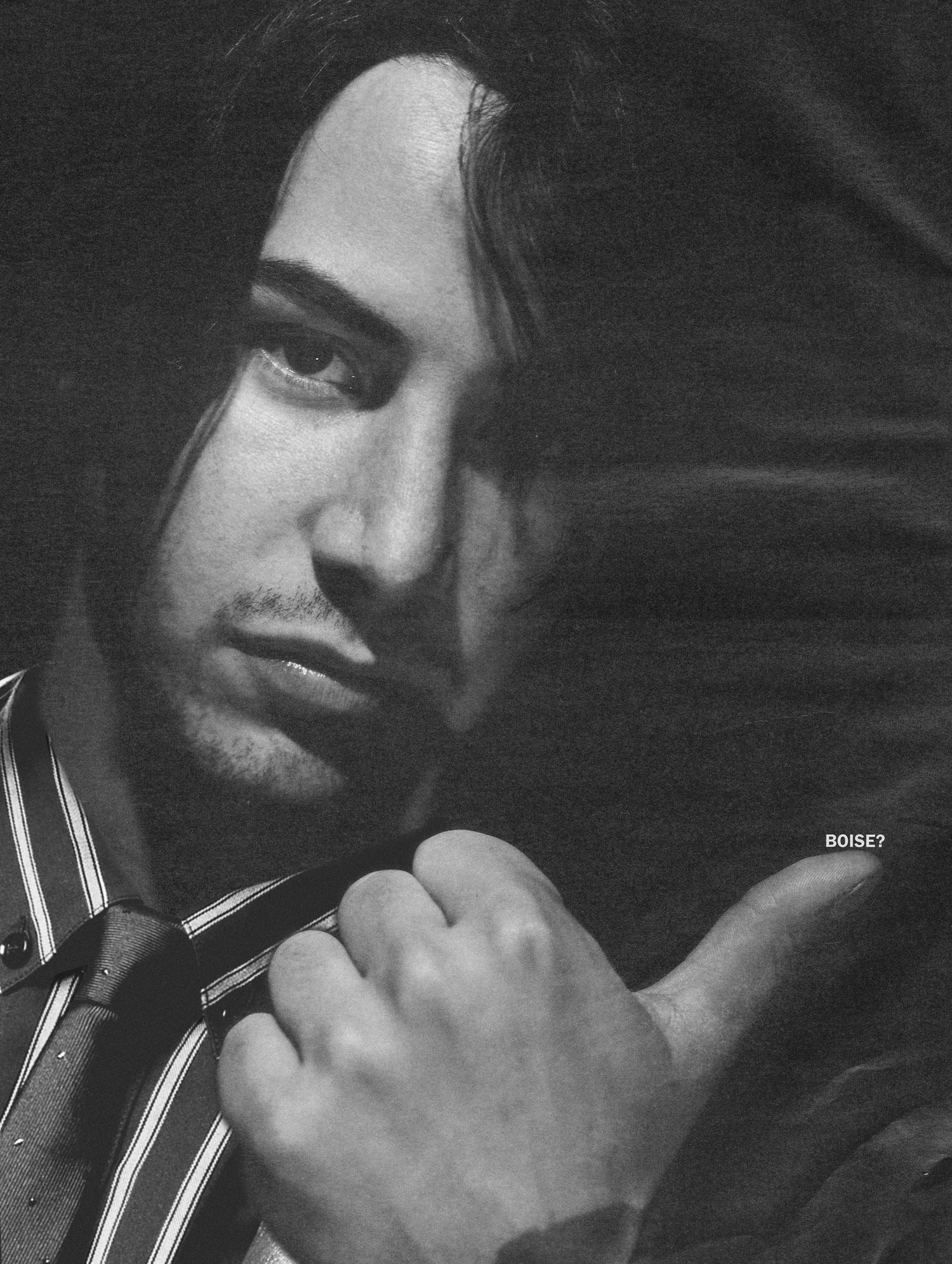

INTERVIEW: How do you choose which person’s image or photo you want to manipulate?
MASSIMIANI: The choice starts with an intuition when I look at a designer’s collection and it reminds me of a particular picture, person, movie, or era.
INTERVIEW: In what ways has social media changed our ideas about art and ownership? Is this, in your opinion, a good or a bad thing?
MASSIMIANI: It has made it very easy for everyone to share and exchange ideas, which is a good thing. On the flip side of the coin, it’s also very common that the credit of an artwork gets lost in the sharing process.
INTERVIEW: How much thought do you give to the reaction you might elicit from the creator of the original image?
MASSIMIANI: My purpose is to have fun and let other people enjoy a new interpretation of an iconic photo. I hope that the creator of the image enjoys it as well.
